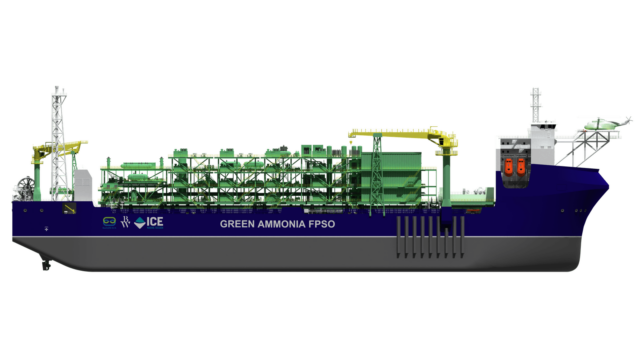Ammonigy & Juwö Poroton: cracked ammonia fuel for brick production in Germany
Meet Ammonigy and Juwö Poroton, leaders of a development consortium which has successfully demonstrated a pilot brick kiln that runs on cracked ammonia fuel gas. Explore results from demo operations, and the pathway forward to establishing a market for the new decarbonized product.








